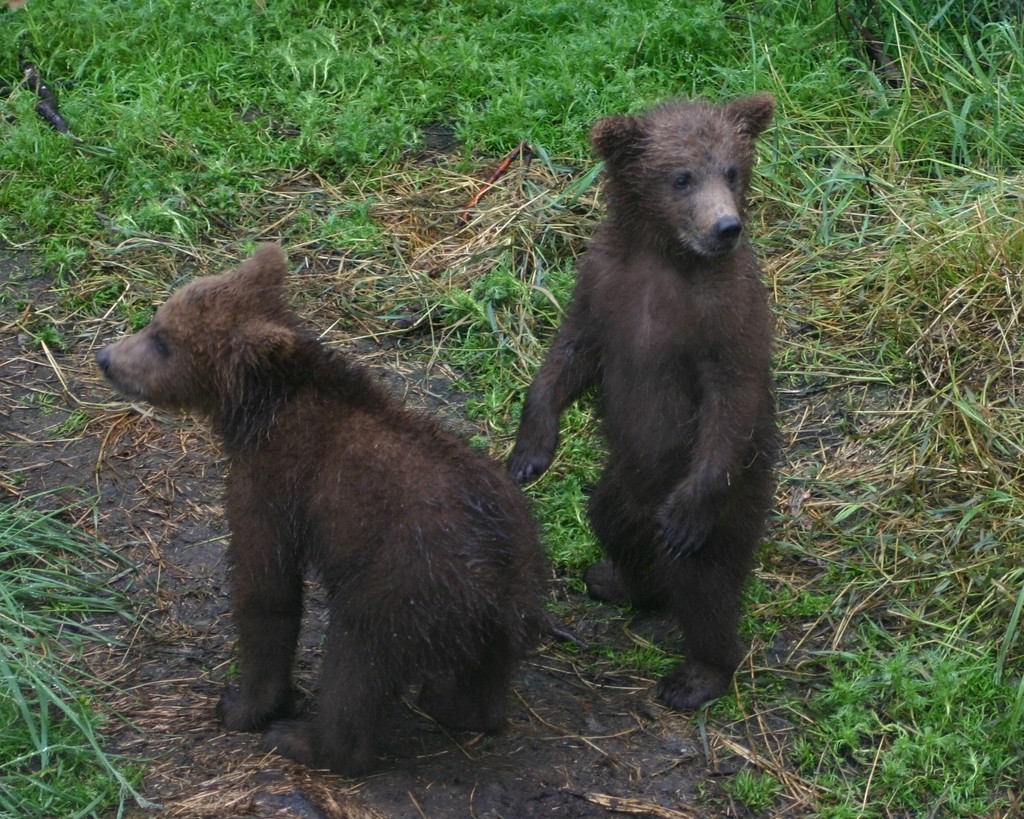Due to the low numbers of all of the large mammals that live in the country, poaching could rapidly threaten the survival in the country.

Currently, about 500 wolves survive, 50-60 bears and perhaps only 30 of the Balkan lynx (the Balkan lynx only has around 120 members spread across the whole Balkans).
According to SWIPE (Successful wildlife prosecution in Europe)
“While compiling the Report, a total of 165 cases were collected and analyzed, 110 of which were misdemeanors and 55 were criminal offenses. In 75% of initiated misdemeanor proceedings, the accused was found guilty, while that percentage is lower in criminal proceedings – about 57% of them ended in a conviction.“
In this report, the wild species most often targeted include song-birds and after this the bear. There was issues with captive animals that came between (I find this repugnant, but this website is to do with wildlife primarily) and then came targeting of bears.
Now, given there are only 50-60 left in the country, a poaching level of just 5-10 bears a year could threaten the countries population to extinction within the next decade. It is true that the Serbian bear population, like the wolf and the Balkan Lynx is part of a transboundary population which is more healthy. Never-the-less, local extinctions is almost always how extinction starts.
Indeed, wildlife tourism has the capacity to lift more people out of poverty, than hunting of the animals that would otherwise be photographed. Currently, world wildlife tourism is thought to be worth $156 billion, and this often goes to little places where there is little work. It seems quite conceivable for Serbia to seize a sizable portion of the wildlife tourism for Europe.











